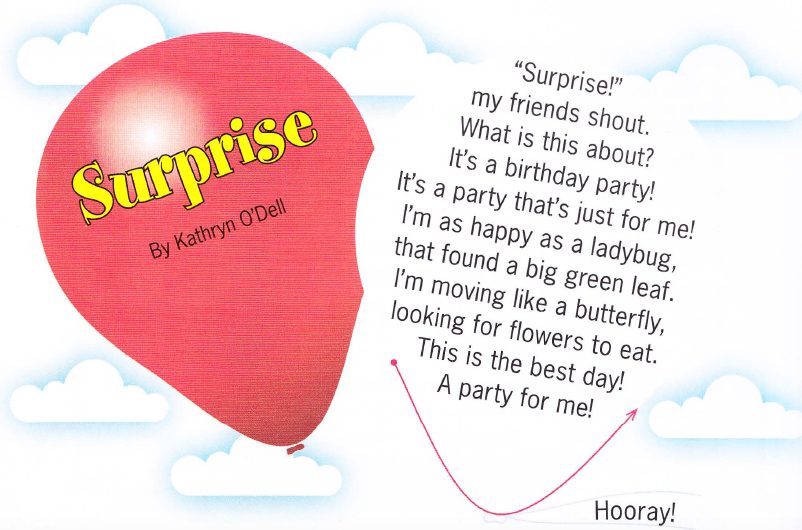In case you got inspired by different activities with poems from our previous article, you can definitely try writing poems in your class. In this article, we have collected simple and effective steps to writing poems in English by teens.
Why should teens try writing poems?
Teenagers can demonstrate their fluency, as well as creativity through writing a poem on their own. If students are writing a poem in groups, they cooperate and collaborate with classmates. Moreover, teenagers can discover new talents in each other and express the running high in the period of puberty feelings with the help of poems. And, of course, teens can’t say they don’t like poems unless they have tried!
Types of poems you can start working with:
- Acrostic. It is a poem in which the first letters of each line make a word or an alphabet. If you start working with a new group, you can use acrostic as an ice-breaker. In this case, each student writes his name in a column in capital letters. Then, they share some information about themselves, their qualities or funny facts in each line, starting with the letter of their name. For example:
Noisy
Aggressive
Tedious
Are not my character traits
Love meeting new people
You want to be my friend
In the end, they can read their poems aloud for the whole class or share them in small groups with a further group discussion.
- Haiku. It is a Japanese poem consisting of 3 not rhyming lines. However, the number of syllables is strict: 5 syllables in the first and third lines and 7 in the second line. Students can write on any topic they like.
- Free poem. This is a poem with not rhyming lines or without any rhyme scheme, however, there still is an artistic component in it.
- Limerick: a humorous poem consisting of five lines.
There once was a girl Selina,
who wanted to be a ballerina.
She went on her toes
and broke her nose.
Then she became a cleaner.
- Sonnet. Probably, there are no people who didn’t hear about sonnets. Shakespeare’s sonnets are the most famous ones; however, sonnets appeared much earlier – in the XIII century. Traditionally, a sonnet is a 14-line poem about love. It can follow different rhyming schemes, e.g. ABBA CDE CDE or ABAB CDCD EFEF GG. However, you are free to create your own rhyming scheme!
- Сinquain is a 5-line poem, which is incredibly easy to write. 1st line — a topic word (usually a noun), 2nd line — two adjectives to describe the topic word, 3rd line — three verbs ending in -ing, 4th line — a sentence relating to the topic word, 5th line — a noun, synonym or relating to the topic word. For example,
Spring
Green, windy
Inspiring, blooming, blossoming
It motivates to change your life
Flush

- Concrete poetry. A concrete poem relates to visual poetry, its lines take a form of a particular image, and the shape intensifies the idea of the poem.
Source: Oxford Discover 3, Writing and Spelling, p. 17
How to start writing poems at English lessons?
Before writing own poems, it could be a good idea to create a new verse for an existing poem. If the students like the poem that you read at the lesson, suggest them writing their own verse to it.
Students can write poems in class or at home. However, the first steps should definitely be taken in class. Help students in the following steps of writing a poem:
- Plan the poem.
- Brainstorm the ideas. You can choose a topic your students are familiar with or that is close to them, or create the word cloud in order to generate ideas for writing. Word Clouds is a free online generator.

Decide the character – if poems are in first person or a student is only an observer.
- Think of form: it can be a free poem, an acrostic or a rhymed poem.
- Think of the title.
- Make the first drafts.
- Redraft the poem. Students should read the poems later “with a fresh eye” and they could change the lines order if necessary, change the repeating words with synonyms, etc.
- Declare the poems in class. Dedicate a part of the lesson to it. Students should feel that their efforts are appreciated.
- Get feedback from your students. You can read about teenagers’ motivation and giving feedback to them in our article.






 Вероника Аветисян
Вероника Аветисян 
 Маргарита Аветисян
Маргарита Аветисян 


